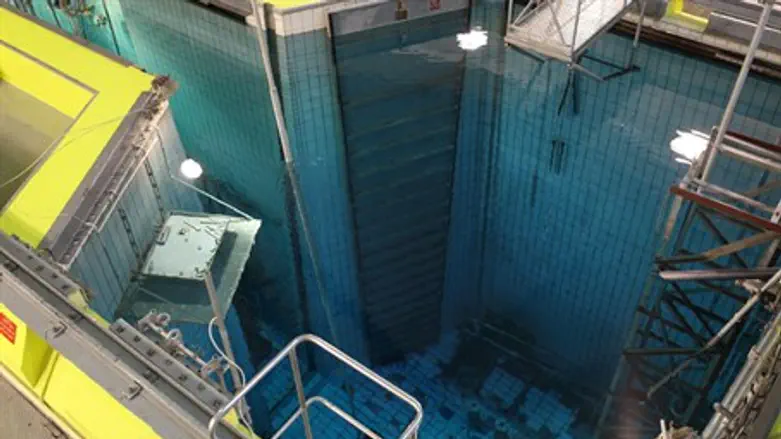
It was only meant to last 40 years. But the aluminum core at the heart of Israel’s nuclear facility in Dimona, which was purchased from France in the late 1950s, has been operational since 1963, raising questions about the future of the facility.
After using an ultrasound monitor to study the core, Israeli scientists discussed long-term concerns during the 28th Conference of Nuclear Societies in Israel earlier this month.
It was revealed at the conference that the monitor found 1,537 cracks, surface distortions, and other defects had been discovered in the Dimona core.
According to a report presented at the conference, while the cracks do not pose an immediate threat, they highlight Israel’s long-term nuclear dilemma.
Unlike some components, reactor cores, cannot be repaired, and replacement of the Dimona unit would require construction of a new reactor.
Built in secret with French assistance in the late 1950s and early 1960s, the Dimona facility is a political sore spot for Israel.
Unlike Israel’s civilian nuclear facility, Sorek, the Dimona reactor is off-limits to IAEA inspectors, which has called for Israel to open up the site to international inspection.
Construction of a new reactor would likely draw renewed criticism and calls for Israel to sign the Non-Proliferation Treaty and accept IAEA oversight. Due to the sensitive nature of operations in the Dimona facility and desires to keep Israel’s nuclear capabilities ambiguous, Israel has refused to allow international inspectors into the site.
